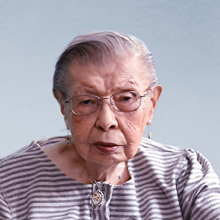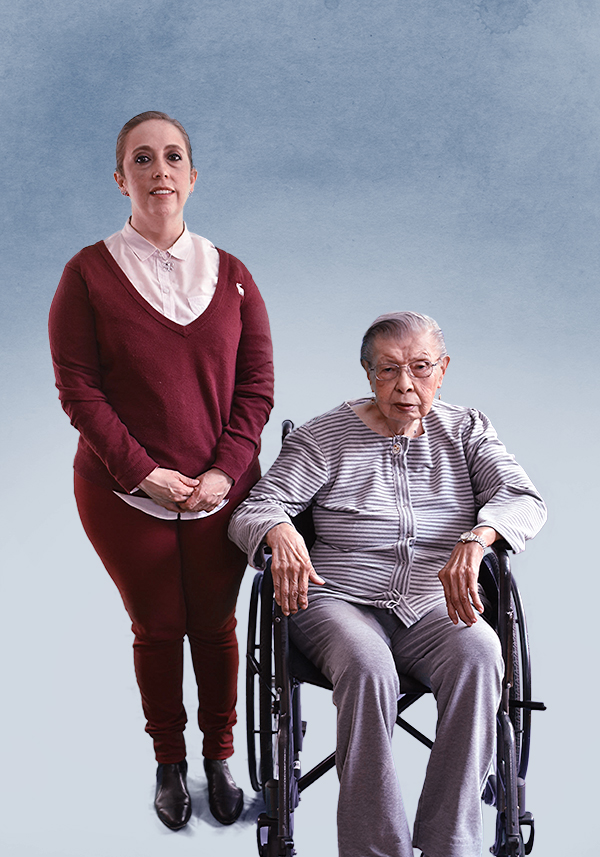PATIENT STORIES

Olga is now 97 years of age. She was a homemaker most of her life.
Several years ago Olga was diagnosed with osteoporosis and at the time was prescribed medication to strengthen her bones.
Osteoporosis is known as a ‘silent disease’ because it has no apparent symptoms - until a fracture occurs. Olga did not see or feel the benefits of the prescribed treatment, so, like all too many patients, she stopped taking her medication.
Without treatment, her bone density continued to decline and she remained at very high risk of breaking a bone. Then, in December 2018, Olga had a minor fall while in her home and suffered a devastating hip fracture. She was rushed to hospital, had surgery and was given a prosthetic hip replacement.
Currently, Olga takes her treatment for osteoporosis, hoping to avoid another fracture. Immediate treatment is important because as many as 5-10% of patients will otherwise experience a second hip fracture, with 23% occurring in the year following the first hip fracture. Olga also has regular physical therapy sessions as part of her treatment plan.
Hip fractures at older age are very debilitating, with 40% of patients unable to walk independently and 60% requiring assistance a year later. Because of these losses, 33% of hip fracture patients remain totally dependent or in a nursing home in the year following their fracture.
Olga is fortunate in that she can rely on her family for help. Her daughter-in-law gives her much needed support, helping with her daily chores and other activities.

Olga tiene 97 años y fue ama de casa la mayor parte de su vida.
Ella fue diagnosticada con osteoporosis hace algunos años y, en ese momento, le recetaron medicamentos para fortalecer sus huesos.
La osteoporosis se conoce como una "enfermedad silenciosa" porque no presenta síntomas aparentes hasta que se produce una fractura. A medida que avanzaba en su tratamiento, Olga no vio ni sintió los beneficios del tratamiento prescrito, por lo que, como muchos pacientes, dejó de tomar su medicación.
Sin su tratamiento, su densidad ósea siguió disminuyendo y el riesgo de romperse un hueso era muy alto. En diciembre de 2018, Olga tuvo una caída leve mientras estaba en su casa y sufrió una devastadora fractura de cadera. La llevaron de urgencia al hospital, la operaron y le colocaron una prótesis de cadera.
Actualmente, Olga retomó su tratamiento para la osteoporosis con la esperanza de evitar otra fractura. Un tratamiento inmediato y adecuado es crucial. Se estima que entre el 5%-10% de los pacientes experimentarán una segunda fractura de cadera, y el 23% de esas ocurrirá en el año siguiente a la primera fractura de cadera. Olga también asiste a sesiones regulares de fisioterapia como parte de su plan de tratamiento.
Las fracturas de cadera en la vejez son muy debilitantes: el 40% de los pacientes no pueden caminar de forma independiente y el 60% necesita asistencia un año después. Como consecuencia, el 33% de los pacientes con fractura de cadera permanecen totalmente dependientes o en una residencia durante el año siguiente a la fractura.
Olga cuenta con la ayuda de su familia. Su nuera le brinda el apoyo que tanto necesita, acompañándola en sus quehaceres diarios y otras actividades.
